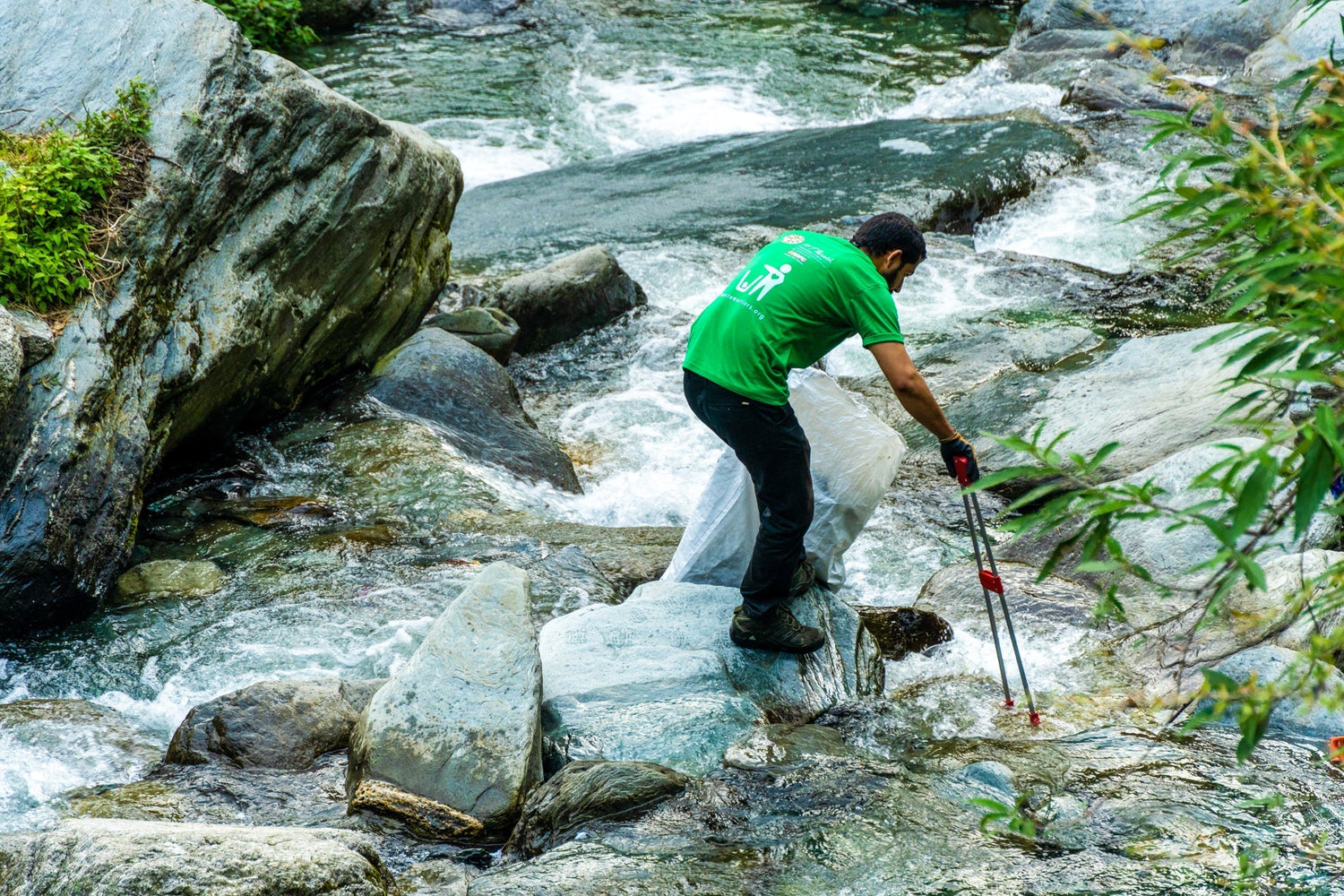Ah, summer. Who doesn’t love the feel of the warm sun on their skin? As pleasant and invigorating as it is, it does require some care and attention as those rays can be harmful as well.
Luckily, Ayurveda, the world’s oldest health care modality, prescribes some wonderful oils and herbs to nourish, hydrate, and protect skin from the sun. First, there are benefits to using oils instead of lotions. The oils sink deeper into the skin tissue, nourishing and feeding the nerves housed within that skin tissue. They keep skin hydrated much longer than most commercial, water based lotions. When combined with herbs, they carry the medicinal benefits with them into the tissues, the nervous system and the blood stream. Cosmetically speaking, oils tend to help the skin retain its tan much longer, and prevent flaking, peeling skin after a sun burn. The skin still peels, but it comes off as one solid layer in the shower, leaving soft, hydrated, and tan skin behind it.
In Ayurveda the body is broken down into the primary elements of earth/water, fire, and air. Skin is governed by both Vata, the element of air, and by Pitta, the element of fire. Vata rules over many things, but primarily the senses and the removal of waste in the body. The skin is the largest organ in the body; through the skin passes one of the three primary waste materials- sweat. It also contains more nerve endings than any other part of the body, making it a sensory organ. However, the body has the ability to absorb much through the skin, to “digest” things transdermally. In this way Pitta is connected to the skin, as all things related to digestion and nutrient absorption are ruled by Pitta. Thus, when working with the skin one is working primarily with those two elements. It is also important to keep in mind that summer is the season of Pitta, the season of heat and fire.
There are several different kinds of oil Ayurveda uses, but let’s start with two of them: sesame oil, the queen of all oils, and coconut oil, which is now becoming more recognized here in the Western world. Sesame oil goes deepest into the tissues; it is anti-inflammatory, anti-viral, anti-fungal, and anti-carcinogenic; it is warming and soothes the nervous system. Most Ayurvedic herbalized oils come in a base of sesame oil. Coconut oil is equally skilled at fighting off the bad guys, but it does not penetrate the tissues as deeply and takes longer to be absorbed by the skin. However, as sesame oil is warming, coconut is cooling- the perfect thing for dealing with sunburns. Sesame oil is used on the skin almost year-round, except during the summer when one switches to coconut oil. Feel free to slather on some coconut oil before and after sun exposure.
To beef up your coconut oil consider adding some of the following herbs: ashwaganda, amalaki, bala, shatavari, neem, manjista, lavender, or sandalwood. Those will at least get you started.
Ashwaganda and amalaki (amla berry) are both rich in anti-oxidants, which will fight off those harmful UV rays. Amalaki is also cooling and thus soothing after sun exposure.
Bala and Shatavari soothe the nervous system and nourish the tissues, locking moisture into the skin and keeping it firm.
Neem and Manjista are both purifying herbs that will keep the skin clean and clear. Like lavender and sandalwood, they are also cooling, and cleansing to the skin.
Keep in mind as you purchase oils to always purchase organic unrefined oils from companies you trust. The herbs listed in the article are found in most Vata or Pitta type herbalized oils. Mix the herbal oils with the coconut oil at a 1:3 ratio- 1 part herbal oil, 3 parts coconut oil. Since most herbal oils come in a base of sesame, you’ll be getting the benefits of the sesame oil penetrating deep into your system and carrying the herbs with it, while making use of the cooling, nourishing, protecting coconut oil on the top layers of the skin. Most importantly, enjoy!!





